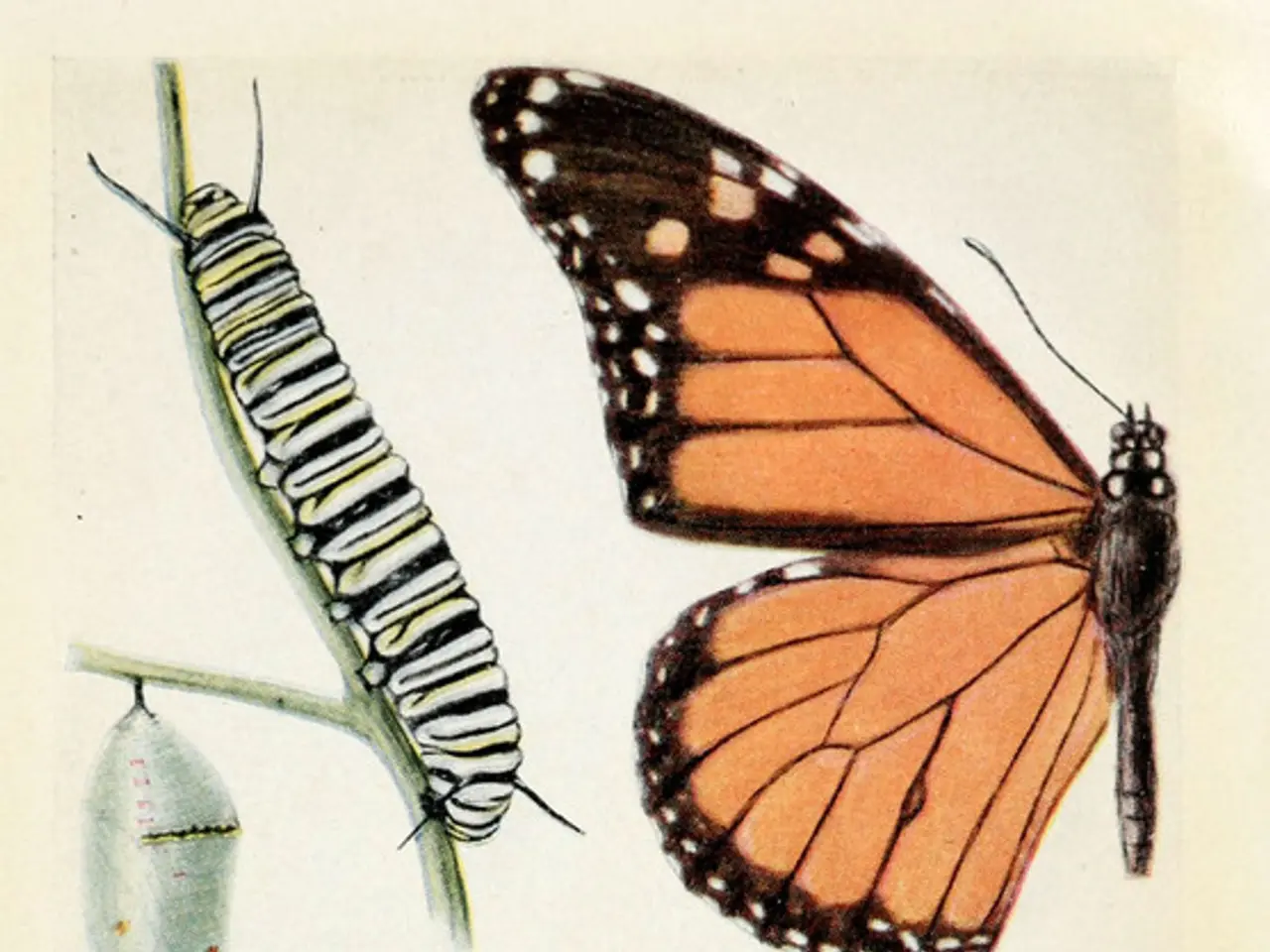Life's beginnings on Earth: Unraveling the mystery of its arrival
In a groundbreaking presentation at the 125th Annual Meeting of the Geological Society of America in Denver on October 30, 2013, Texas Tech University's Distinguished Professor of Geosciences, Sankar Chatterjee, shared his theory on the early geology of the Earth and the role of meteorites and asteroids in the origin of life.
Chatterjee suggests that the environments in Greenland, Australia, and South Africa that hold the Earth's oldest fossils could be the remnants of deep, dark, and ancient craters where life began. He argues that meteor and asteroid impacts could have supplied the chemicals necessary for life and provided the prerequisites for life on Earth.
The existence of these craters was a crucial step in facilitating the chemical reactions necessary for the first simple steps of life. The pores and cracks within the craters served as molds for simple RNA and protein molecules to condense. Proteins and RNA emerged simultaneously and were protected within capsules in the environment.
Chatterjee's research also suggests that the meteor that wiped out the dinosaurs might not have been just the one at the Chicxulub site in Mexico, but also the one that impacted India. This theory adds a new dimension to our understanding of the extinction event that marked the end of the Cretaceous period.
However, it's important to note that Chatterjee's theory on the origin of life is not directly detailed in the search results provided. His geological work primarily focuses on tectonic and sedimentary processes related to mountain formation and plate collisions.
The broader scientific context indicates that life likely arose through abiogenesis, where life emerges naturally from non-living matter under certain prebiotic conditions. Meteorites and asteroids could have contributed organic materials or water essential for life’s origin, as these celestial bodies contain carbon-rich compounds and could have delivered them to early Earth through impacts. This is a widely discussed hypothesis in origin-of-life research.
In summary, Chatterjee's findings suggest that intense bombardment by asteroids and meteorites during the Earth's 4 billion-year-old formation period created the basic building blocks of life and crater basins capable of holding water on the Earth’s surface. These structures, which still exist today, may represent the final step before the beginning of life.
Further targeted sources or Chatterjee's publications would need to be reviewed to gain a comprehensive understanding of his specific theories regarding meteorites, asteroids, and the origin of life.
- Chatterjee's theory proposes that environmental-science subjects like the Greenland, Australia, and South Africa sites could be remnants of ancient craters, which are crucial in the science of understanding the origin of life.
- In the field of education-and-self-development, Chatterjee's research raises questions about the role of meteorites and asteroids in the early Earth, suggesting they may have supplied chemicals necessary for life and provided the necessary conditions for life.
- Expanding our understanding of space-and-astronomy, Chatterjee's findings suggest that asteroids and meteorites, rich in organic materials, could have delivered them to early Earth through impacts, contributing to the origins of life on our planet.








